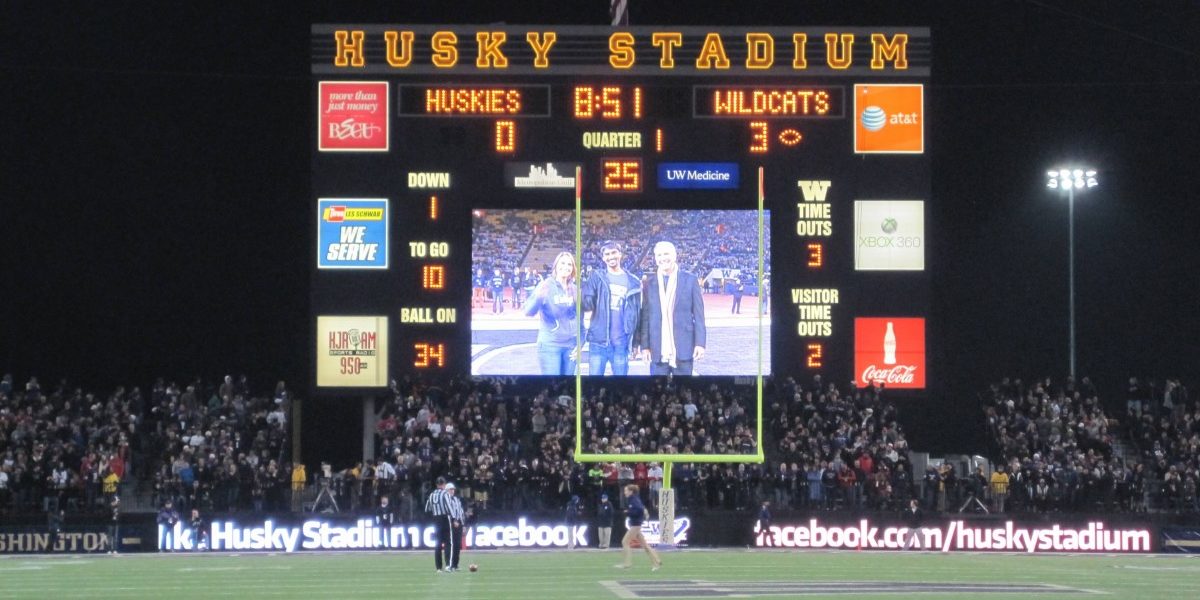Outdoor LED displays have been used at sporting venues for some time now to display scores and replays of important moments. However, there is much more that a stadium digital display can do for an arena. Fan engagement and excitement can be brought to a higher level by making use of social media, improved analytics and well defined objectives.
Dynamic social media
In Vegas, a popular professional hockey team placed advertisements on outdoor digital signs everywhere in town and linked the content to their Twitter feed. At the center of the screen, real time fan tweets were displayed. For professional sporting teams playing in popular tournaments, such innovative and creative ways not just connects with fans but also helps to reach bigger audiences.
Improved analytics
Since almost everyone uses social media today, particularly the younger audiences who have a strong connection with sports, dynamic content such as these can significantly drive fan engagement. Advertising companies can make use of cameras to measure age, emotions and gender of a viewer in a quantitative way. With this information, more targeted content can be delivered. In fact the dynamic content can respond to the demographics of a customer.
Furthermore, this information can be used to gain a better understanding of targeted audiences and how they can be best reached – very similar to digital advertisements on social media. Experts suggest that analytics like these helps outdoor digital advertising networks to compete with social media platforms.
Clear objectives
If clear objectives of an advertising campaign are not laid out, social media or improved analytics will be of no use. The aforementioned Vegas sporting team had a clear objective of boosting fan engagement and increasing social media followers when they deployed the advertising campaign.
Your goals should be defined in terms of the results you are targeting to achieve. For better relevancy of a campaign, build it around a particular event in your market that your business is linked with.
In terms of marketing communication, it is also very critical to consider overall communication goals instead of just focusing on a return on investment strategy. By looking at qualitative feedback, business outcomes and behavioral changes, companies can focus on particular goals for each individual campaign. Make use of ideas that appear from internal communication – where KPIs, SMART objectives and other tools are used by professionals.







